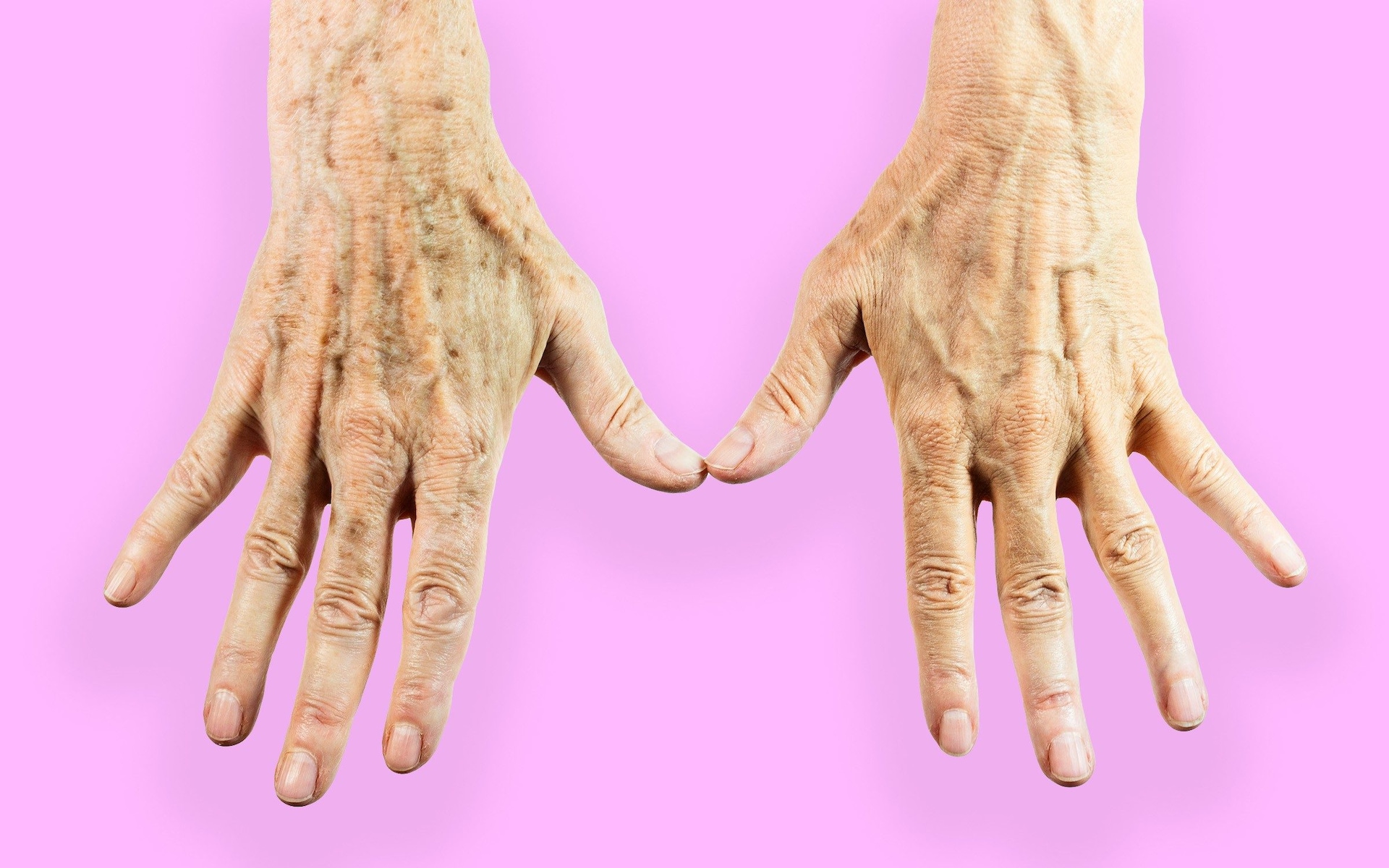The hidden health clues in your hands

Common Hand and Nail Symptoms That May Signal Serious Health Issues
If you're experiencing brittle nails, swollen hands, or unusually pale fingertips, it might be more than just a cosmetic concern. These symptoms could indicate underlying health problems that require attention. According to Prof John Lear, a consultant dermatologist at Circle Alexandra Hospital Cheadle and Mid-Cheshire NHS Trust, the condition of your skin and nails can provide valuable insights into your overall health. “Dermatological studies show that changes in the color, texture, and appearance of nails can signal conditions like anemia, heart, lung, or liver disease,” he explains.
While some symptoms may be linked to aging or lifestyle factors, persistent or worsening issues should be evaluated by a healthcare professional. Here are nine common hand and nail symptoms that may be signs of more serious health conditions.
1. Red Palms
Red palms can sometimes be harmless, caused by heat, menopause, anxiety, or poor circulation. However, they can also indicate skin conditions such as eczema or psoriasis. A rare condition called palmar erythema can cause redness and may be hereditary or related to health issues like pregnancy, cancer, or liver disease. It can also affect the fingertips, nail beds, and even the soles of the feet. In some cases, red palms may be associated with rheumatoid arthritis or a rare condition called erythromelalgia, which causes burning pain, redness, and hot skin on the palms.
Solution: While there is no specific treatment for red palms, addressing the underlying cause can help manage the condition. Using unscented hand cream and wearing gloves while washing dishes can be beneficial. If the redness persists, consult your GP to rule out more serious conditions.
2. Swollen or Knobbly Knuckles
Swollen knuckles can be a sign of osteoarthritis, rheumatoid arthritis, or gout. If the skin is inflamed, it could be psoriatic arthritis, a long-term condition causing joint pain, swelling, and stiffness. Osteoarthritis typically leads to joint stiffness, pain, and bony nodules, while rheumatoid arthritis results in swollen, warm joints, morning stiffness, and potential finger deformities.
Solution: Diagnosis is crucial. Treatments for arthritis include anti-inflammatory drugs, immune-suppressant medications, or biologic drugs. Ice application, elevating the hand, and taking ibuprofen can help alleviate swelling and pain. For osteoarthritis, supplements like glucosamine, omega-3, and collagen may offer relief. Weight loss and exercise are also recommended. Psoriatic arthritis is treated with NSAIDs or corticosteroids, while cellulitis requires antibiotics. Eating protein at every meal and taking vitamin D supplements can help boost albumin and protein levels.
3. Hand Pain and Stiffness
Hand pain and stiffness can have various causes, including arthritis, skin diseases like eczema or psoriasis, Raynaud’s syndrome, or chilblains. Chilblains can be simple or associated with systemic diseases, and they can be very painful. Carpal tunnel syndrome, caused by nerve compression at the wrist, is another common issue.
Solution: Chilblains usually resolve on their own, but paracetamol or ibuprofen can ease the pain. Prevent them by staying warm, moisturizing hands, and avoiding smoking and alcohol. Keeping active improves circulation, and avoiding tight clothing helps prevent vascular constriction.
4. Shaky Hands
Shaky hands can be due to anxiety, fatigue, or excessive caffeine intake. However, benign essential tremor is the most common cause, a neurological condition causing involuntary shaking. Tremors can also be associated with Parkinson’s disease, an overactive thyroid, or certain muscle disorders.
Solution: Beta-blockers like propranolol and anti-seizure drugs like primidone are commonly used for benign essential tremor. If Parkinson’s disease is diagnosed, medications like levodopa can help. Getting a proper diagnosis is essential for effective treatment.
5. Red, White, and Blue Fingertips
Raynaud’s syndrome causes blood vessels to constrict, leading to color changes in the fingertips, along with numbness, tingling, and pain. This condition can be triggered by cold temperatures and may indicate an underlying autoimmune disease. Red fingertips can also signal psoriasis, eczema, or infections like paronychia.
Solution: Wearing gloves, especially heated ones, can help prevent Raynaud’s episodes. Vasodilator tablets may be prescribed, and keeping hands warm is the best prevention. For inflammation around the nails, prescription creams can reduce the risk of nail damage.
6. Red Scales or Pus-Filled Bumps
These symptoms may be caused by dermatitis or psoriasis. Psoriasis, an autoimmune condition, can lead to painful cracks and fissures on the hands. Eczema can result in dry, itchy, and inflamed skin, often with cracks or fissures. Allergic dermatitis is also a possibility.
Solution: Consult a dermatologist if you suspect psoriasis. Preventing dermatitis involves avoiding chemicals and using gloves when washing dishes. Moisturizing hands regularly and using hand lotions with lanolin or alpha-hydroxy acids can help. For allergic dermatitis, identifying the irritant or allergen is key.
7. White Spots in Nails
White spots on nails, known as leuconychia, are often caused by minor trauma. They can also be linked to zinc deficiency, eczema, or fungal infections. Calcium deposits are generally harmless, but white spots accompanied by flaky nails may indicate a fungal infection.
Solution: Fungal infections can be treated with antifungal tablets or nail lacquers once diagnosed. Maintaining good nail hygiene is essential.
8. Brittle or Yellowing Nails
Brittle or yellowing nails can be caused by fungal infections (onychomycosis), lung disease, or high cholesterol. They may also indicate vitamin or iron deficiencies, or inflammatory conditions like psoriasis or paronychia.
Solution: Use nail oils or lotions containing lanolin or alpha-hydroxy acids daily. Biotin supplements and a diet rich in protein, iron, and zinc can improve nail health.
9. Pitted Nails
Pitted nails can be linked to eczema, thyroid disease, or psoriasis. Psoriasis can cause thickened, discolored nails that may lift from the nail bed (onycholysis).
Solution: Treatments for psoriasis, such as creams, tablets, and injections, may not work well for nails. Phototherapy can help reduce nail separation and discoloration.
Post a Comment for "The hidden health clues in your hands"
Post a Comment